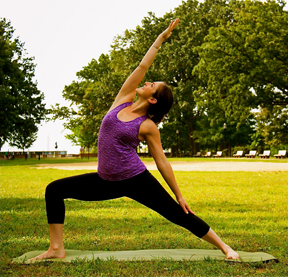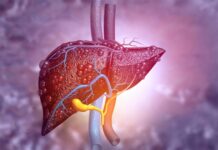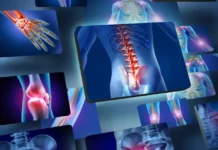 WASHINGTON: A breathing-based meditation practice called Sudarshan Kriya Yoga can be an effective treatment for post-traumatic stress disorder (PTSD), according to a new study.
WASHINGTON: A breathing-based meditation practice called Sudarshan Kriya Yoga can be an effective treatment for post-traumatic stress disorder (PTSD), according to a new study.
Individuals with PTSD suffer from intrusive memories, heightened anxiety, and personality changes.
The hallmark of the disorder is hyperarousal, which can be defined as overreacting to innocuous stimuli, and is often described as feeling “jumpy,” or easily startled and constantly on guard.
Hyperarousal is one aspect of the autonomic nervous system, the system that controls the beating of the heart and other body functions, and governs one’s ability to respond to his or her environment.
Sudarshan Kriya Yoga is a practice of controlled breathing that directly affects the autonomic nervous system.
While the practice has proven effective in balancing the autonomic nervous system and reducing symptoms of PTSD in tsunami survivors, it has not been well studied until now.
Researchers from the Center for Investigating Healthy Minds (CIHM) at the Waisman Center of the University of Wisconsin-Madison were interested in Sudarshan Yoga because of its focus on manipulating the breath, and how that in turn may have consequences for the autonomic nervous system and specifically, hyperarousal.
This is the first randomized, controlled, longitudinal study to show that the practice of controlled breathing can benefit people with PTSD, researchers said.
“This was a preliminary attempt to begin to gather some information on whether this practice of yogic breathing actually reduces symptoms of PTSD,” said Richard J Davidson, founder of CIHM and one of the authors of the study.
“Secondly, we wanted to find out whether the reduction in symptoms was associated with biological measures that may be important in hyperarousal,” he said.
The tests included measuring eye-blink startle magnitude and respiration rates in response to stimuli such as a noise burst in the laboratory.
Respiration is one of the functions controlled by the autonomic nervous system; the eye-blink startle rate is an involuntary response that can be used to measure one component of hyperarousal.
These two measurements reflect aspects of mental health because they affect how an individual regulates emotion.
The study included 21 soldiers: an active group of 11 and a control group of 10.
Those who received the one-week training in yogic breathing showed lower anxiety, reduced respiration rates and fewer PTSD symptoms.
The study is published in the Journal of Traumatic Stress. -PTI






